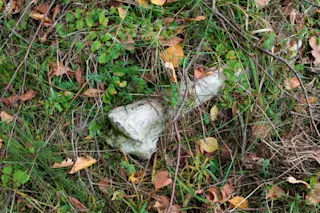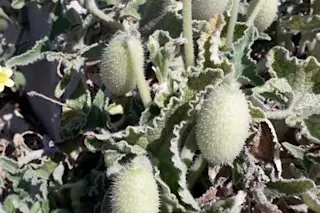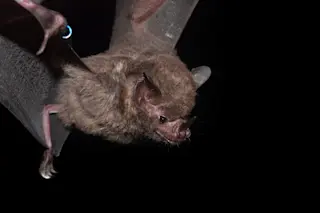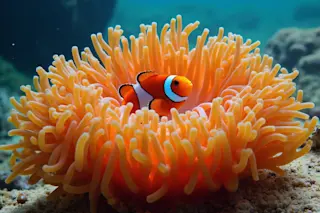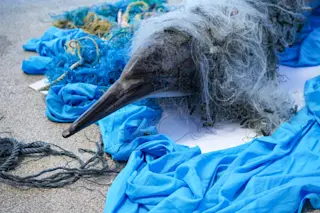Pity the insect that tumbles into a pitcher plant's trap. The slippery walls and waiting pool of water ensure it won't clamber back out. There's nothing left to do but wait to be digested. The California pitcher plant (Darlingtonia californica) is also called the cobra lily for its curled-over shape that hides its exit from its victims. Unlike other pitcher plants, it doesn't fill its trap from above with rainwater but from below, drawing water up with its roots. But like others, it seems to use bacteria living in that well to help digest its prey. The bacteria perform another role too: making the liquid even harder for an insect to escape than ordinary water. Nearly a century ago, scientists first noticed that the water in the traps of some pitcher plant species had unusually low surface tension. This means an insect that's used to safely tiptoeing across puddles suddenly ...
Bacteria Help Pitcher Plants Trap Prey
Discover how the California pitcher plant, or Darlingtonia californica, traps prey using bacteria and unique fluid properties.
More on Discover
Stay Curious
SubscribeTo The Magazine
Save up to 40% off the cover price when you subscribe to Discover magazine.
Subscribe


